
3 minute read
Why Net-Zero?
What We Do
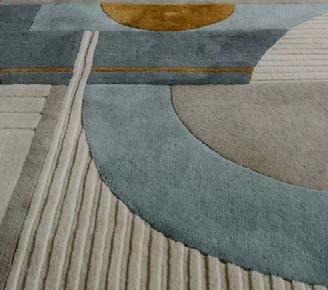
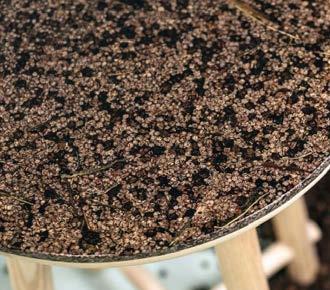




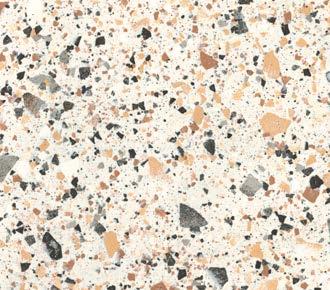
For nearly a quarter of a century, we've been at the vanguard of the sustainable movement.
We have set ambitious targets for the next 10 years, but we are also committed to adopting change in what we do now. These are some of the approaches will are taking:
— Advise clients to adopt our net-zero approach and inform them about the benefits to the environment. — Reduce the occurrence of required refurbishments.
— Design in adaptability of buildings and repurpose existing buildings when possible rather than building brand new ones. — Request that clients appoint consultants who also adhere to net-zero practices.
— Work with suppliers for materials and ff&e listed on our ‘Now Database’ who meet our sustainability requirements.
— Follow circular design principles and consider dismantling and modularity in our design so that buildings can act as material banks.
— Minimise finishes and source locally when possible


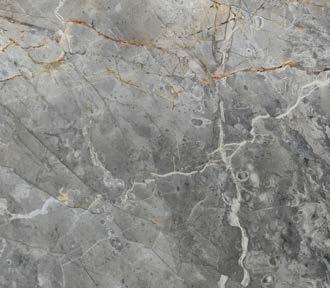




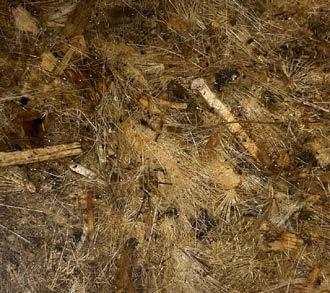
bamboo bamboo
natural stone
recycled terrazzo compressed paper panels
microbial weaving bioluminescent lighting algae glass compressed seagrass panels
mycellium leather Airlite (air purifying paint) recycled carpet & fabrics
cork flooring reuse spent botanicals fast growing timber aged brass
WHOLE LIFE CARBON
A1 Raw Material Supply
BEYOND LIFE CYCLE D Benefits and loads beyond the life cycle
C4 Disposal
C3 Waste Processing END OF LIFE CARBON END OF LIFE STAGE
C2 Transport
OPERATIONAL CARBON
B6 Operational Energy Use USE CARBON
C1 De-construction Demolition USE STAGE PRODUCT STAGE
A2 Transport
UPFRO N T C A RBON CONSTRUCTION PROCESS STAGE A3 Manufacturing
A4 Transport
A5 ConstructionInstallation Process
B1 Use B2 Maintenance B3 Repair B4 Refurbishment B5 Replacement EMBODIED
OPERATIONAL
Life cycle assessment
Understanding and designing for both operational and embodied carbon targets are fundamental when considering construction projects.
The typology of the project - new build or refurbishment - will dictate how much impact we can have on the operational carbon benefits. As designers it is our responsibility to focus on reducing the level of embodied carbon and feel that this is where we can regularly add value. This means an emphasis on the materials used, the way in which they are fixed, their level of modularity and the future potential use of the materials after their service life is over. Operational carbon (the reduction of energy and water used in the running of a building, sourcing of food and beverage produce and OS&E items) is also key, and it is our responsibility to challenge our clients, hotel brands and partner consultants to do better in this area.
We will consult with hotel brands to review their brand standards with respect to base build performance.


